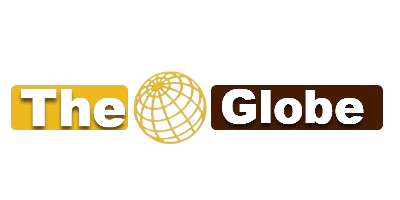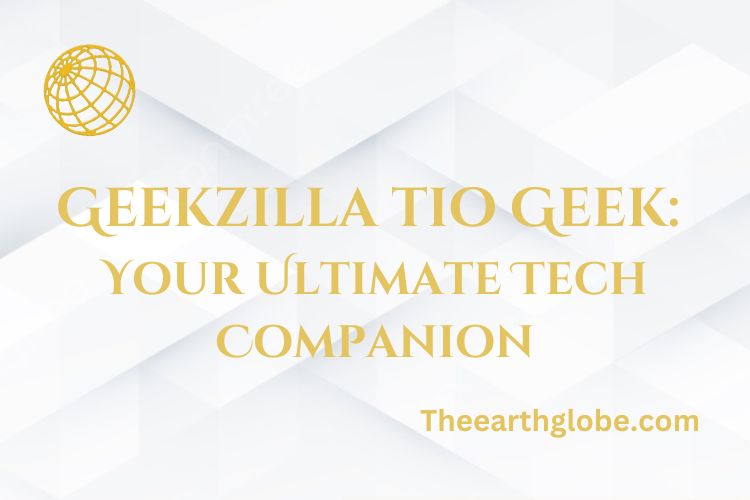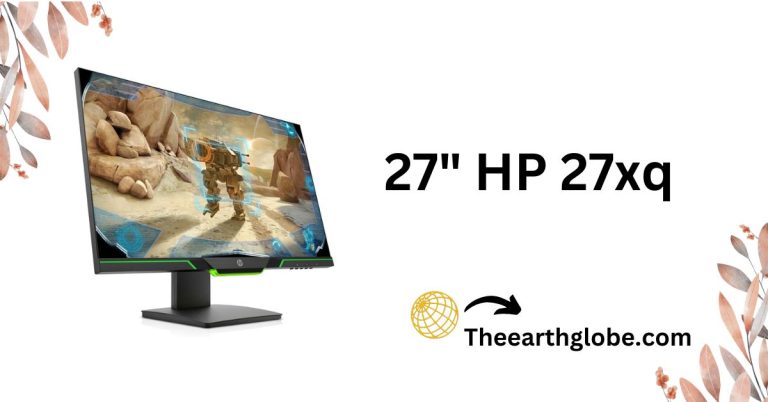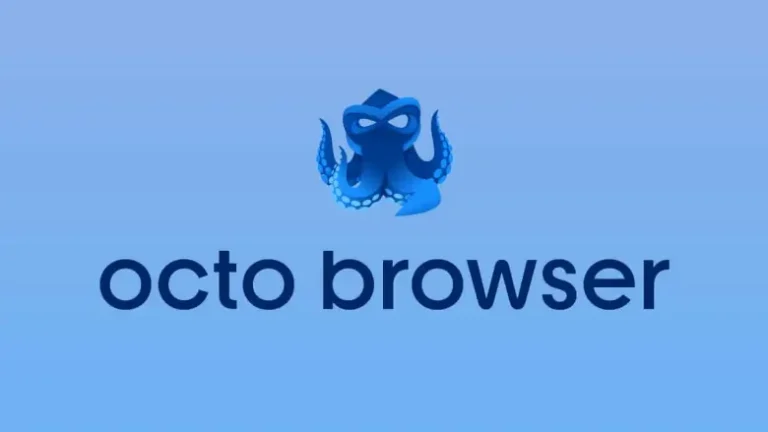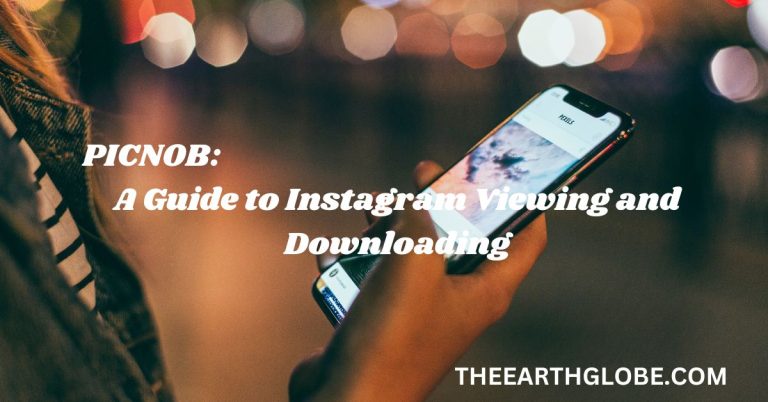Imgsed: Improve Your SEO with Optimized Images
Introduction
In the world of digital marketing, image optimization is crucial for improving website performance and search engine rankings. With imgsed, you can enhance your website’s visual content to attract and retain visitors. This guide will cover everything you need to know about optimizing images for “Search engine optimoization“.
Understanding Image Optimization
What is Image Optimization?
Image optimization involves adjusting images to improve their performance on the web. This includes reducing file sizes, ensuring images load quickly, and maintaining high quality.
Why is Image Optimization Important?
Optimizing images helps reduce page load times, improves user experience, and boosts SEO rankings. Fast-loading websites are more likely to retain visitors and perform better in search engine results.

Types of Image Formats
JPEG
JPEG is ideal for photographs and complex images due to its excellent compression capabilities. This format reduces file size while maintaining quality, making it perfect for web use.
PNG
PNG is best for images with transparency or sharp lines, like logos and graphics. It preserves image quality but typically results in larger file sizes compared to JPEG.
GIF
GIF supports animation and has a limited color palette. It’s often used for simple animations or memes on the web.
WebP
WebP offers superior compression without compromising quality. Developed by Google, this format ensures faster loading times and better performance.
Techniques for Optimizing Images
Resizing Images
Resize images to fit the content layout without compromising quality. Properly sized images reduce load times and ensure a seamless browsing experience.
Compressing Images
Use tools like JPEG Optimizer or TinyPNG to compress images without losing visual clarity. This significantly reduces file sizes while maintaining image sharpness.
Implementing Lazy Loading
Lazy loading ensures images only load when they come into view, saving bandwidth and speeding up page load times. This technique is crucial for improving overall website performance.
Using Responsive Design
Responsive design allows images to adapt seamlessly across different devices and screen sizes. This ensures visuals look crisp and professional on any platform.
Tools for Image Optimization
Adobe Photoshop
Adobe Photoshop allows manual adjustments to size, resolution, and format. It’s a versatile tool for detailed image optimization.
TinyPNG
TinyPNG uses smart lossy compression techniques to reduce the file size of PNG and JPEG images without sacrificing quality.
WP Smush
WP Smush is a WordPress plugin that optimizes images upon upload. It automates the process, ensuring all images are web-ready without manual intervention.

Best Practices for Image Optimization
Choosing the Right Image Format
Select the appropriate format for your images. JPEG for photos, PNG for graphics with transparency, GIF for animations, and WebP for fast-loading, high-quality visuals.
Adding Descriptive Alt Text
Descriptive alt text improves accessibility and SEO by providing context for search engines. Include keywords naturally in the alt text to boost image search rankings.
Creating an Image Sitemap
An image sitemap helps search engines find and index your images. This ensures all visuals on your site contribute to your SEO efforts.
Enabling Browser Caching
Browser caching stores certain files for a specified time, speeding up load times on repeat visits. This improves user experience and reduces server load.
Case Studies: Before and After Optimization
E-commerce Site
An e-commerce site saw a significant decrease in page load times after optimizing product images. Faster loading speeds led to higher user retention and increased sales.
Travel Blog
A travel blog improved its mobile user experience by compressing and resizing images. This optimization resulted in better SEO rankings and higher engagement rates.
Implementing Image CDN
Using a Content Delivery Network (CDN) can significantly improve your site’s load times. A CDN hosts your images on multiple servers worldwide, reducing the distance data travels. This ensures faster delivery and enhances the user experience by serving images from the closest server.
You May Also Like: How i sleep at night knowing l’m failing all my cl – tymoff
Monitoring Image Performance
Regularly monitor the performance of your images using analytics tools. Tools like Google Analytics can track load times and user engagement with your images. This data helps you identify areas for improvement and ensure your images contribute positively to your SEO efforts.
Updating Image Metadata
Properly updating your image metadata is crucial for SEO. Include relevant keywords in your image file names, alt text, and captions. This helps search engines understand the context of your images and improves their visibility in search results.
Utilizing Image Compression Tools
Utilize image compression tools to reduce file sizes without compromising quality. Tools like Kraken.io and ImageOptim can automate the compression process, ensuring your images are optimized for fast loading. Regularly compressing your images helps maintain a high-performing website.
Conclusion
Incorporating imgsed techniques into your image optimization strategy can significantly enhance your website’s performance and SEO. By choosing the right formats, resizing, compressing, and adding descriptive alt text, you ensure your visuals contribute to a better user experience and higher search engine rankings. Embrace these best practices to make the most of your website’s visual content.
Frequently Asked Questions (FAQs)
What is imgsed?
- Imgsed is a process or tool for optimizing images to improve website performance and SEO rankings.
How does image optimization affect SEO?
- Optimized images reduce load times, enhance user experience, and improve search engine rankings.
What are the best tools for image optimization?
- Popular tools include TinyPNG, Kraken.io, Adobe Photoshop, and WP Smush for effective image compression and optimization.
Why is alt text important for images?
- Alt text provides context for search engines and improves accessibility, helping images rank better in search results.
What image formats are best for web use?
- JPEG is ideal for photos, PNG for graphics with transparency, GIF for simple animations, and WebP for high-quality, fast-loading visuals.
How does a CDN improve image performance?
- A CDN hosts images on multiple servers worldwide, reducing load times by serving images from the nearest server to the user.
What is lazy loading and why is it important?
- Lazy loading delays loading images until they are in the user’s viewport, saving bandwidth and improving page load speeds.
How do I add alt text to my images?
- Use descriptive text that includes relevant keywords to provide context for search engines and improve accessibility.
What is the benefit of compressing images?
- Compressing images reduces file sizes, leading to faster load times without compromising image quality.
How can I monitor the performance of my images?
- Use tools like Google Analytics to track image load times and user engagement, helping identify areas for optimization.
